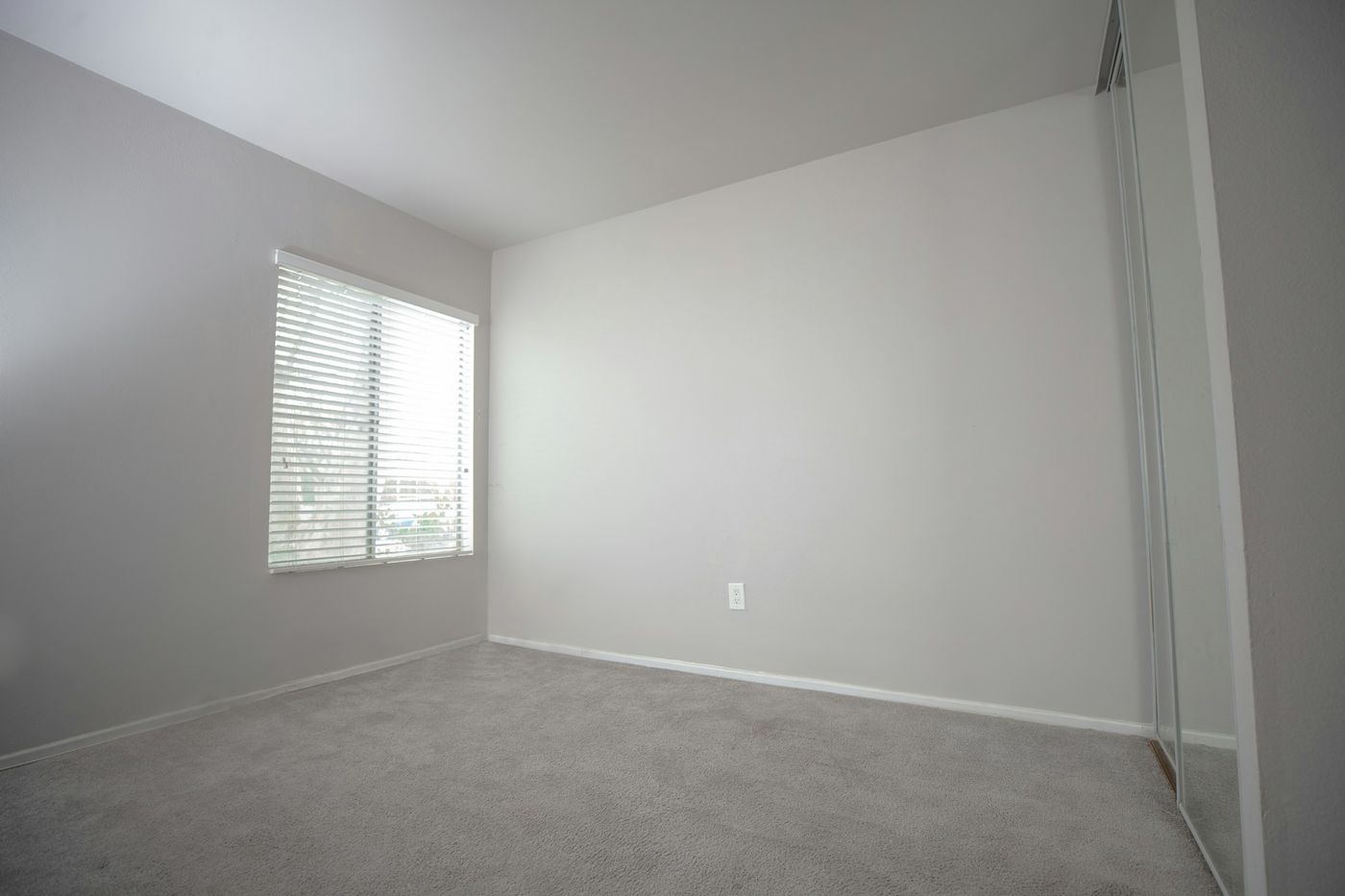Getting new carpet installed in your home is exciting, but it requires some preparation to ensure the installation goes smoothly. Properly preparing your home not only helps the installers work more efficiently but also ensures your new carpet looks great and lasts a long time. Understanding what steps you need to take can make the process much easier.
The first thing you need to do is clear the room where the new carpet will be installed. This involves moving out all the furniture and personal items, taking down any wall decorations, and disconnecting electronic devices and appliances. Clearing the space not only gives the installers room to work but also protects your belongings from dust and debris during the installation.
Another important step is preparing the subfloor. The subfloor must be clean, dry, and level to make sure the new carpet fits well and feels comfortable underfoot. In addition to cleaning, you might need to repair any damage to the subfloor and ensure it is even. Proper preparation prevents future problems like lumps or bumps in the carpet.
When these preparations are completed, you can move on to making sure your measurements and layout are accurate. This involves measuring the room correctly and understanding how the carpet will be laid out. By following these steps, you can ensure a smooth carpet installation experience.

